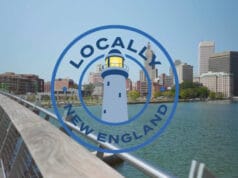NASA Langley Research Center, located in Hampton, Virginia, works to make revolutionary improvements to expand and understand space exploration and the Earth’s atmosphere. Compiled of nearly 200 facilities, and employing over 3,400 members, it’s no wonder that Langley is the best at what they do.
The National Advisory Committee of Aeronautics (NACA), created in 1915, pushed the boundaries of flight to the extreme. Engineers of NACA worked heavily at Langley where they studied wing shape, wind tunnels, and created a catalog to understand space in a way that would get us there successfully. NACA ultimately founded further research that was passed on to NASA in 1958 and helped launch Project Mercury.
Project Mercury was the first human spaceflight program in the United States. The goal was to put a man into space and return him safely. Langley played a huge part in this with the Mercury 7 astronauts. Langley helped train the astronauts to learn how to land on the surface of the Moon. Simulators were created to imitate the absence of gravity for the astronauts and were built to teach them how to operate the machinery in space. Additionally, they would work and train mostly throughout the night with one HUGE spotlight in order to have a feel for landing spacecraft in the darkness from space, with the only source of light from the sun.
Langley is still proudly serving alongside of NASA to gain more research and data for their next mission to the Moon. To learn more about how Langley Research Center has contributed watch this segment of Hometown Heroes!








